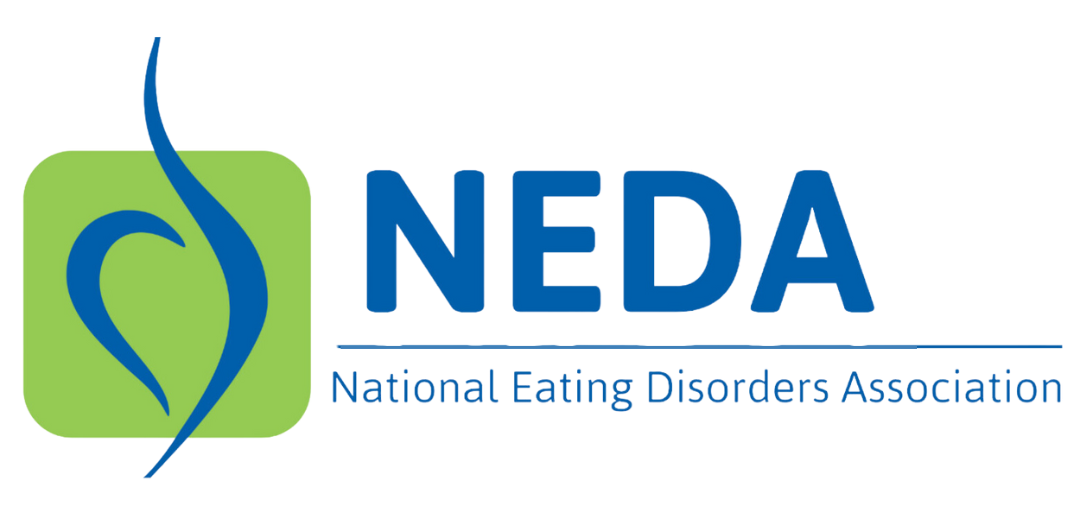Grace Holland Cozine
Resource Center
I’m looking for
resources for
Educators
Educators play a key role in recognizing and supporting students affected by eating disorders. This page offers resources, guidance, and tools to help.

Resources for Educators
Help and Support
I’m Here to Learn
- Warning Signs and Symptoms
- Risk Factors
- Busting The Myths About Eating Disorders
- What are Eating Disorders?
- Medical Complications of Eating Disorders
- Co-Occurring Diagnoses and Conditions
- Prevention
- Disordered Eating vs. Eating Disorders
- Media and Eating Disorders
- Body Image
- Body Mass Index (BMI)
- Size Diversity and Eating Disorders
- Statistics
- Culturally Diverse Communities
- Specialized Communities
- Food Insecurity and Eating Disorders
- Excerpts from the Experts YouTube Series

